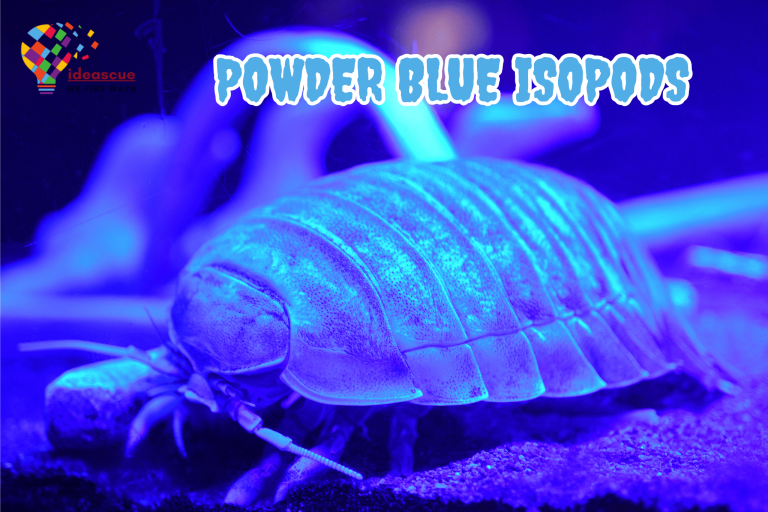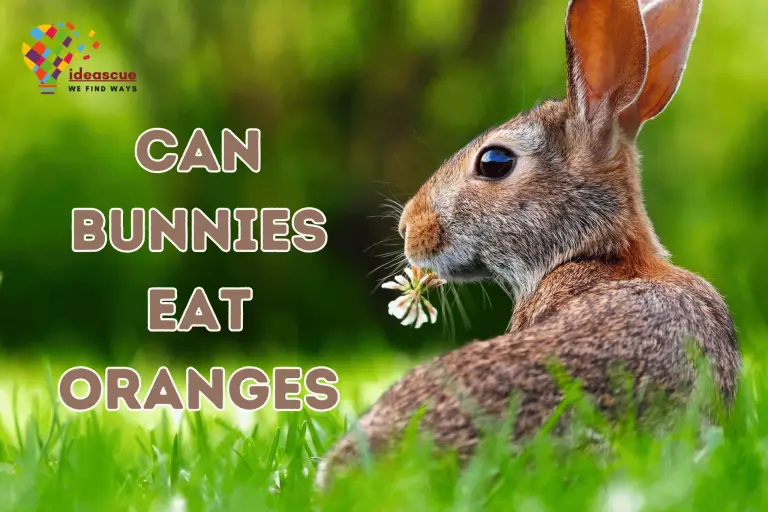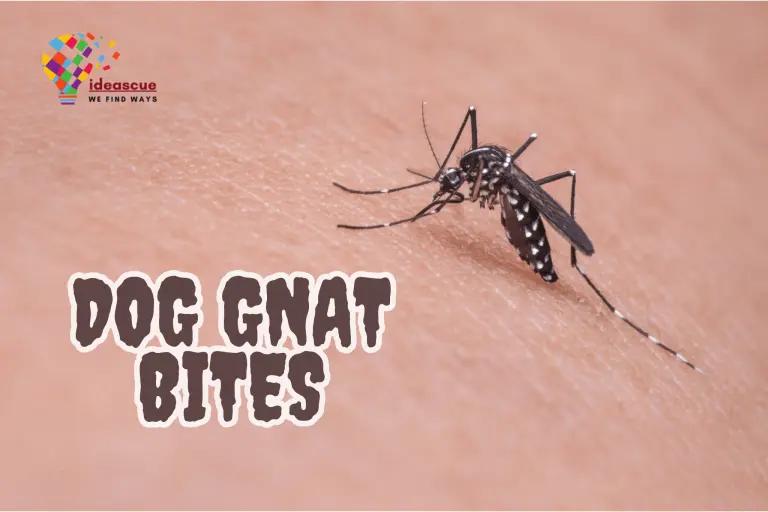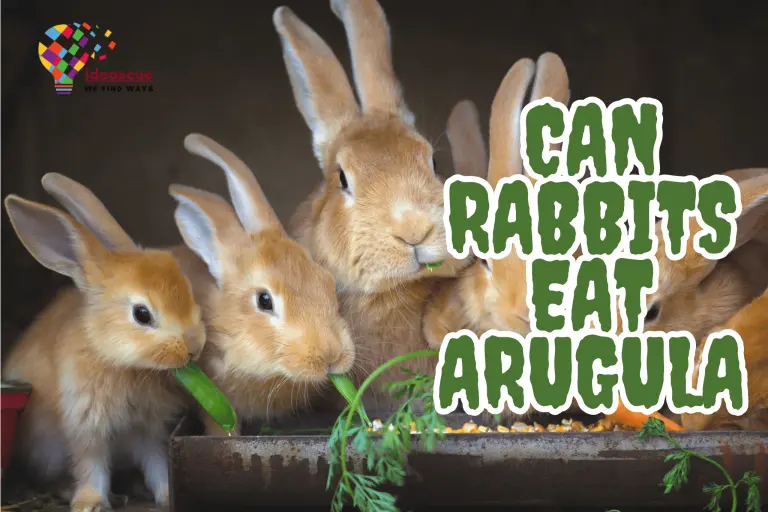What is a Dairy Cow Isopod?
Introduction
Dairy Cow Isopods are fascinating creatures that capture the interest of many. They stand out with their unique, cow-like patterns and are a popular choice among terrarium enthusiasts. Known for their beneficial role in bioactive setups, Dairy Cow Isopods are more than just intriguing to watch; they play a crucial part in maintaining a healthy ecosystem.
Understanding Dairy Cow Isopods is the first step towards appreciating their value in the natural world and captivity.

Dairy Cow Isopods, scientifically known as Porcellio Laevis Dairy Cow, are a type of terrestrial isopod. They’re known for their distinctive black and white spotted pattern, reminiscent of a dairy cow, hence their name. These isopods are not just fascinating in appearance; they play a significant role in bioactivity and are a great addition to terrariums and vivariums, helping in the decomposition of waste materials.
Isopod Dairy Cow Natural Habitat
In the wild, the milkback isopods are found in moist, decaying organic matter like leaf litter and under logs. They thrive in environments that offer plenty of humidity and a steady supply of organic material to feed on. Understanding their natural habitat is crucial for replicating these conditions in captivity to ensure their health and well-being.
Dairy Cow Isopod Diet
These isopods are detritivores, meaning their diet mainly consists of decaying plant material, such as dead leaves and wood. In captivity, they can be fed a variety of fruits, vegetables, and specially formulated isopod diets. A balanced diet is essential for their growth and overall health, so it’s important to provide a mix of food sources.
Dairy Cow Isopod Husbandry
Proper farming is key to maintaining a healthy colony of Dairy Cow Isopods. This includes setting up a suitable enclosure with the right substrate, maintaining appropriate humidity and temperature levels, and providing a balanced diet. Regular monitoring and maintenance of their habitat are essential for their well-being.
Dairy Cow Isopods Size
Dairy Cow Isopods are one of the larger species of isopods, which makes them particularly interesting to observe. Adults can grow up to 2 cm in length. Their size also makes them a suitable cleanup crew in larger terrariums or vivariums, where they can be more efficient at decomposing waste materials.
Dairy Cow Isopods Appearance
The most striking feature of Dairy Cow Isopods is their distinctive black-and-white pattern, which varies from individual to individual. They have a convex, segmented body typical of isopods. This unique appearance not only makes them visually appealing but also easy to identify among other isopod species.
Dairy Cow Isopods Behaviour
Dairy Cow Isopods are known for their docile and non-aggressive nature. They are primarily nocturnal, spending most of the day hidden under substrates and emerging at night to feed. They are fascinating to observe, especially during feeding or interacting with their environment.
Dairy Cow Isopod Requirements
To thrive, Dairy Cow Isopods require a moist environment with plenty of organic matter to feed on. They also need hiding spots like bark or coconut husks. A balance between moist and dry areas in their enclosure is essential for their health and breeding success.
Dairy Cow Isopod Care
Caring for Dairy Cow Isopods involves regular feeding, maintaining appropriate humidity levels, and providing a clean and suitable environment. Regular checks for mold and unhealthy conditions in their enclosure are important to keep the isopods healthy.
Container:
Choosing the right container is crucial for Dairy Cow Isopods. A terrarium, tank, or vivarium that allows for proper ventilation while retaining humidity is ideal. The size of the container will depend on the size of the colony you wish to keep.
Substrate:
A good substrate is key for Dairy Cow Isopods. It should be a mix of organic matter like coconut fiber, peat moss, and decaying wood or leaves. This not only provides them with food but also with hiding and breeding spots.
Temperature and Humidity:
Dairy Cow Isopods thrive in temperatures between 20°C to 26°C (68°F to 78°F) and high humidity levels, around 70-80%. It’s important to regularly monitor these conditions to ensure they are within the ideal range for the isopods.
Dairy Cow Isopods Food Requirements:
- Decaying Organic Matter: The staple of their diet in the wild, decaying organic matter such as dead leaves, rotting wood, and decomposing plant material should be plentiful in their enclosure.
- Fruits and Vegetables: Supplementing their diet with fruits and vegetables is important for added nutrition. Offer them a variety of options like sliced apples, carrots, potatoes, and squash.
- Calcium Source: Calcium is vital for the exoskeleton development of Dairy Cow Isopods. Sources like cuttlebone, eggshells, or calcium powder can be added to their diet to ensure they get enough of this essential mineral.
- Protein: Occasionally, providing a protein source can be beneficial, especially for breeding colonies. Fish flakes, boiled egg yolk, or commercial isopod food that contains protein can be offered in moderation.
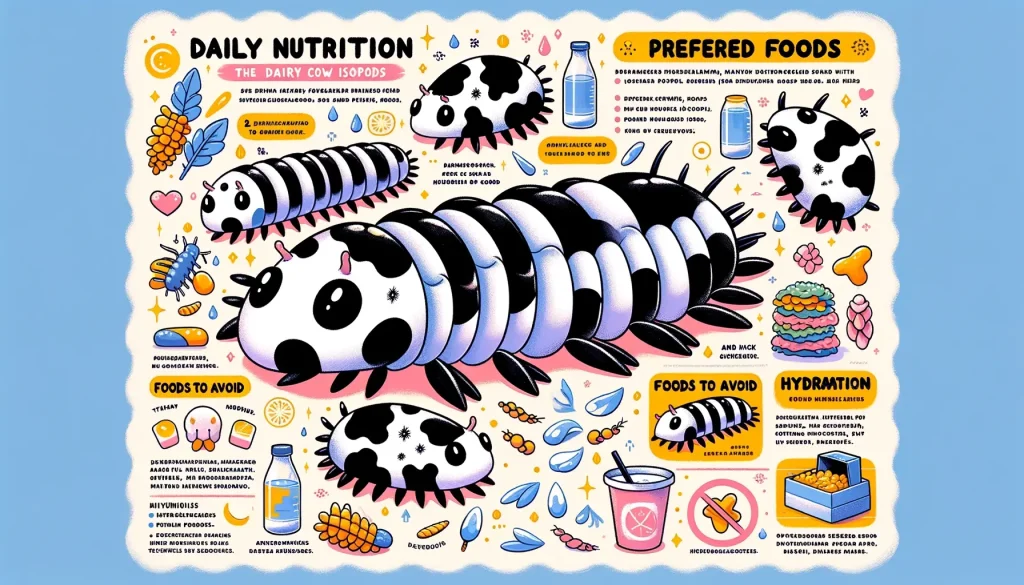
How to Breed Dairy Cow Isopods? Dairy Cow Isopod Breeding
Breeding Dairy Cow Isopods is relatively straightforward. They breed well in proper conditions, with females producing broods of young regularly. Ensuring a healthy diet and optimal environmental conditions is key to successful breeding.
Where Can I Find Dairy Cow Isopods?
Dairy Cow Isopods can be purchased from pet stores, online retailers, or from isopod hobbyist communities. It’s important to buy from reputable sources to ensure the health and quality of the isopods.
FAQs
Final Thoughts:
Dairy Cow Isopods offer a unique blend of benefits for enthusiasts and casual keepers alike. They’re low-maintenance, efficient as part of a bioactive setup, and fascinating to observe, making them a great choice for anyone interested in a different kind of pet.
Their ability to contribute to the health of a terrarium or vivarium environment is particularly valuable.
When considering Dairy Cow Isopods, it’s important to weigh the pros and cons according to your specific needs and environment. With the right care and attention, these isopods can be a delightful and educational addition to your home or educational setup.

